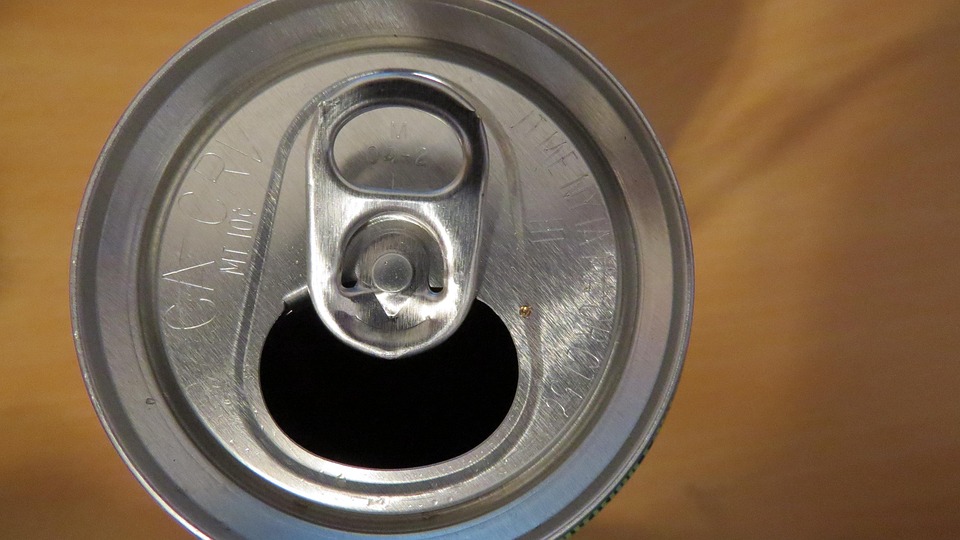Can A Bad Pcm Cause Transmission Problems

The modern vehicle is a symphony of interconnected systems, orchestrated by the brain of the operation: the Powertrain Control Module (PCM). While often associated with engine management, the PCM's influence extends far beyond fuel trims and ignition timing. A malfunctioning PCM can indeed wreak havoc on your transmission, leading to a cascade of problems that can range from frustrating inconveniences to costly repairs. But how does this happen, and what are the telltale signs?
Understanding the PCM's Role in Transmission Control
The PCM isn't just a central processing unit; it's a sophisticated network hub. For the transmission, the PCM acts as the primary decision-maker, receiving data from various sensors and using that information to command shifts. These sensors include, but aren't limited to: Vehicle Speed Sensor (VSS), Throttle Position Sensor (TPS), Transmission Input Speed Sensor (TISS), and Transmission Output Speed Sensor (TOSS). Based on the data, the PCM determines the optimal shift points, torque converter clutch (TCC) engagement, and line pressure. The PCM sends signals to the transmission's solenoids, which then control the hydraulic circuits responsible for gear changes.
How a Faulty PCM Disrupts Transmission Function
If the PCM is faulty, it can lead to several transmission-related issues. Here's a breakdown of common scenarios:
- Incorrect Shift Points: A failing PCM might command shifts at inappropriate times, causing the transmission to shift too early, too late, or not at all. This can result in poor acceleration, reduced fuel economy, and increased engine strain.
- Harsh or Erratic Shifting: If the PCM is sending incorrect signals to the solenoids, the transmission might shift harshly or erratically. This is often accompanied by a noticeable "clunk" or "jerk" during gear changes.
- Slipping Gears: In severe cases, a bad PCM can cause the transmission to slip out of gear. This occurs when the clutches within the transmission fail to properly engage, resulting in a loss of power and potentially significant internal damage.
- Torque Converter Clutch (TCC) Problems: The PCM controls the TCC, which locks the engine and transmission together at higher speeds to improve fuel efficiency. A faulty PCM can prevent the TCC from engaging or disengaging properly, leading to reduced fuel economy, shuddering, or stalling.
- False Diagnostic Trouble Codes (DTCs): While the PCM *is* supposed to help diagnose issues, a failing unit can generate spurious DTCs, making it difficult to pinpoint the actual problem. This can lead to mechanics chasing ghosts and replacing parts that aren't actually faulty.
- Complete Transmission Failure: If a PCM is severely damaged or completely fails, it can render the transmission inoperable. This might manifest as a complete lack of shifting or the transmission being stuck in a single gear (often limp mode).
Diagnosing PCM-Related Transmission Problems
Diagnosing a faulty PCM as the root cause of transmission issues can be tricky, as many of the symptoms can also be caused by other problems, such as faulty sensors or internal transmission damage. A thorough diagnostic process is crucial.
1. **Scan for Diagnostic Trouble Codes (DTCs):** A scan tool can reveal codes related to both the PCM and the transmission. However, remember that these codes are merely clues, not definitive diagnoses. Always investigate the underlying cause of any codes.
2. **Check Sensor Data:** Use a scan tool to monitor the data coming from the various sensors related to the transmission, such as the VSS, TPS, TISS, and TOSS. Compare the readings to factory specifications to identify any inconsistencies.
3. **Inspect Wiring and Connectors:** Damaged or corroded wiring and connectors can disrupt the signals between the PCM and the transmission. Carefully inspect all wiring harnesses and connectors for any signs of damage.
4. **Perform a PCM Function Test:** Some scan tools offer the ability to perform PCM function tests, which can help to verify that the PCM is properly controlling the transmission solenoids. A multimeter can be used to check solenoid resistance, confirming their electrical integrity.
5. **Consider a PCM Replacement (as a last resort):** Only after ruling out other potential causes should you consider replacing the PCM. Because modern PCMs are often paired to a specific vehicle, the new PCM needs to be properly programmed and calibrated to ensure proper operation. This typically requires specialized equipment and expertise. Consult a qualified technician before making this decision.
Prevention and Maintenance
While PCMs can fail due to manufacturing defects or internal component degradation, proper maintenance can help to extend their lifespan. Protecting the PCM from extreme temperatures, moisture, and electrical surges is crucial. Ensuring the vehicle's electrical system is in good condition and avoiding aftermarket modifications that can strain the PCM can also help to prevent premature failure. Regular transmission fluid changes, according to the manufacturer's recommendations, are critical for maintaining the health of the transmission and preventing internal damage that could indirectly stress the PCM.
